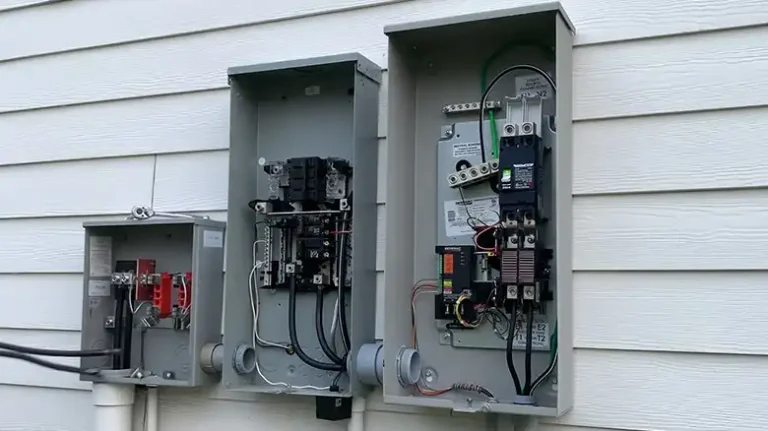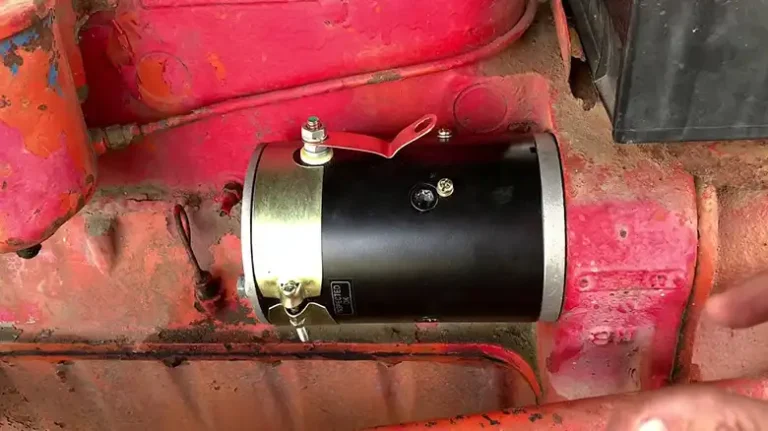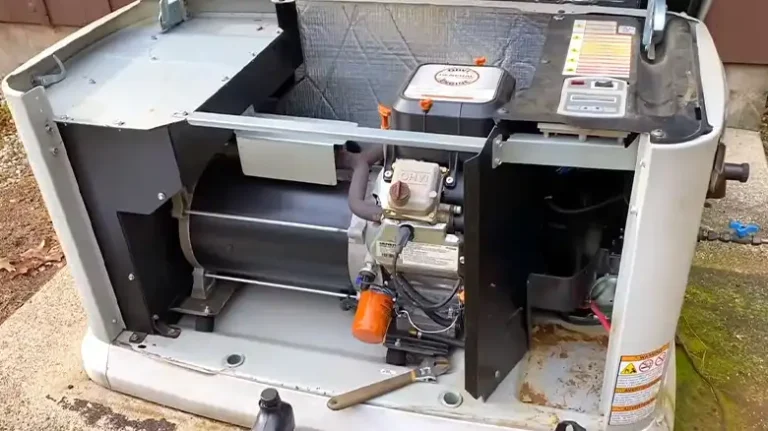How Does an Electric Generator Work? Ultimate Explanation
A generator is a converter, in the sense that it converts mechanical energy into electrical energy. We use this energy in a multitude of appliances both in the home and industry. Even the power we use from the power grid is produced by very large generators. But how does an electric generator work?
In oversimplified terms, an electric generator pushes electronics along, in the same way, a pump pushes water inside a pipe. But instead of using electricity to run, as a water pump does, it uses different sources of energy. Most small-scale generators use petrol, diesel, or propane to produce electricity. Large-scale generators, on the other hand, use coal or gas for the same purpose.
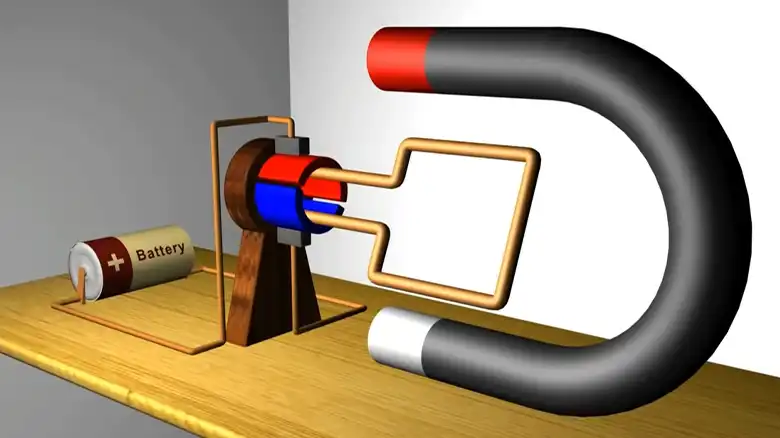
The Working Principle of an Electric Generator
Contrary to popular belief, an electric generator doesn’t actually produce electricity, it rather facilitates the process. So, the electricity doesn’t come out of thin air. The whole process is based on the Electromagnetic Principle that was discovered by Michael Faraday in 1830.
The electromagnetic principle states that if you take two iron rings, wrap insulated wire or coil around them and pass electricity through one, the current will be inducted into the second wire coil. It’s called electromagnetic induction, which is the core principle of every motor and generator, even to this day.
Part by Part Working Process of a Generator
To understand how electricity is actually produced, let’s dive deep into part-by-part analysis. It all starts with the engine, of course.
1. The Engine
The engine used in generators is a simple engine with the most basic functionality. It is no different from the engines you see in motor vehicles. And just like motor vehicles, the bigger the engine is, the more power (in this case, electricity) it produces. It usually runs on diesel, propane, or gasoline.
2. Alternator
This is the most important component of an electric generator because this is where the electromagnetic principles come into play.
The most critical part of the alternator is the rotor. It’s a mechanical shaft that rotates. It gets the necessary energy from the engine. The rotor has multiple magnets attached, which creates a magnetic field when rotates.
The electromagnetic friction created between the stationary conductor and the moving magnetic field induces an electric current, courtesy of the electromagnetic principle.
3. Regulator
The regulator or voltage regulator regulates the electricity that’s being produced in a steady manner, suitable for use in sensitive appliances. Without it, you’d see a sudden fluctuation of current depending on the state of the engine.
Apart from these, there are several other components that keep the whole system running. Such as the control panel and the battery charger. All fuel-run engines need an electrical motor to kick-start them. This is done by a small battery, which is charged by the battery charger.
For controlling the generator, there is a control panel in every generator, which includes a fuel and temperature indicator, control switch, output regulator, etc.
And being an engine, it obviously needs lubrication and an exhaust system.
Different Types of Electric Generators and How They Work
Not all electric generators are fuel-driven. To be more precise, not all generators need fossil fuel to work. Depending on their operation, there are different types of generators.
1. Turbine Powered Generators
In a turbine-powered generator, the turbines are powered by water, air, or steam. The turbine is attached to the rotor shaft. In turn, the generator turns the kinetic energy of the turbines into electrical energy. Most electric power plants around the world use turbine-driven generators to produce electricity.
2. Other Types of Electrical Generators
Other types include Solar photovoltaic cells and internal combustion engine generators. All types of gas and oil-fueled generators are included in the internal combustion engine generator category.
Frequently Asked Questions And Answers
How to make a simple generator?
Move a bar magnet through a coil of wire. That’s how electric current is produced in the wire.
How do generators work without electricity?
Generators don’t need electricity to work. It is run by fuel or natural energy to produce electricity.
How do electric generators start?
Electric generators start using an electric start button. They also have a recoil cord for an alternative start method.
Final Thoughts
From emergency power supply during power shortages due to natural disasters to using heavy industrial equipment in the remotest part of the world, electric generators can do so many things for us. The working principle of a generator, however, can be a bit difficult to understand at times. we hope that we were able to help you understand it. While the natural phenomena can’t be explained 100%, in simpler terms, a moving coil alongside a magnet produces electricity. In generators, this movement is facilitated by an engine. That’s it. thanks for reading.
![[100% Working] Champion Generator Electric Start Not Working](https://generatorwheel.com/wp-content/uploads/2023/03/Champion-Generator-Electric-Start-Not-Working-768x431.webp)
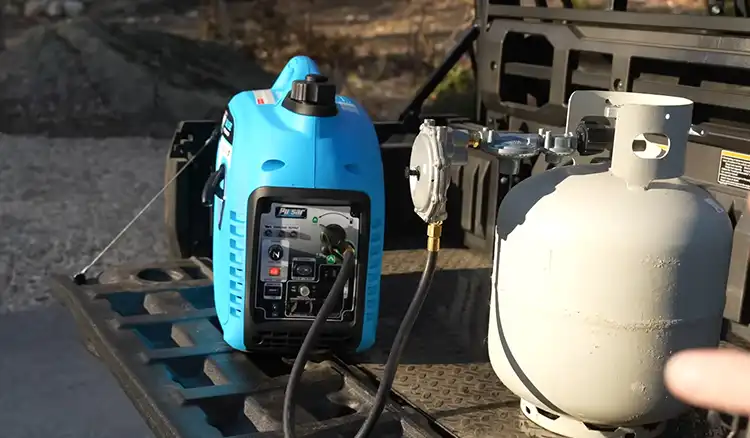
![[100% Working] Generac Generator Clicks But Won’t Start](https://generatorwheel.com/wp-content/uploads/2023/03/Generac-Generator-Clicks-but-Wont-Start-768x431.webp)
